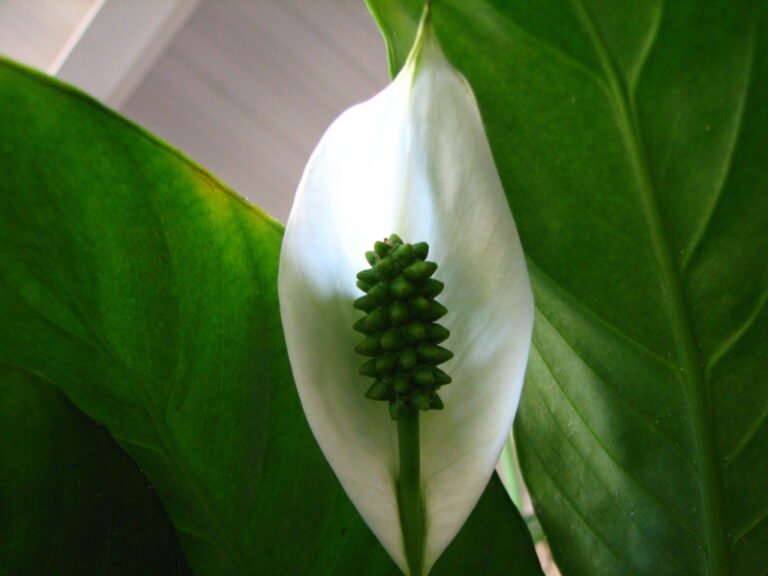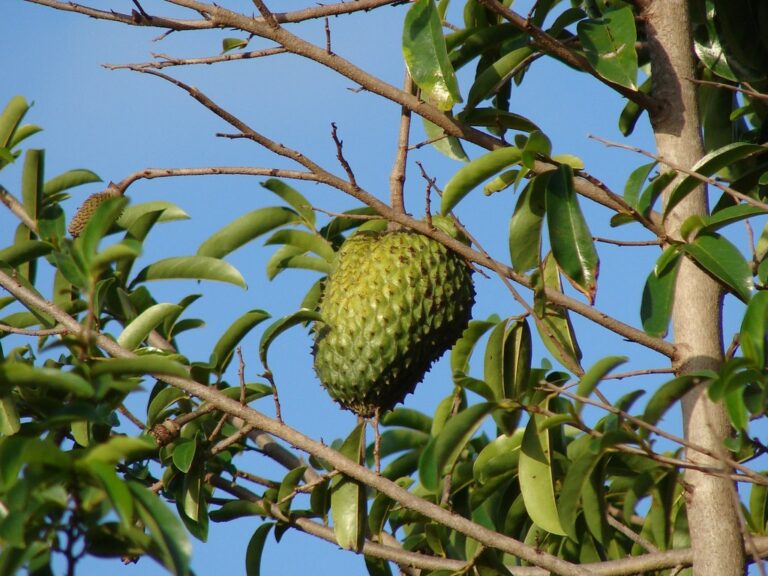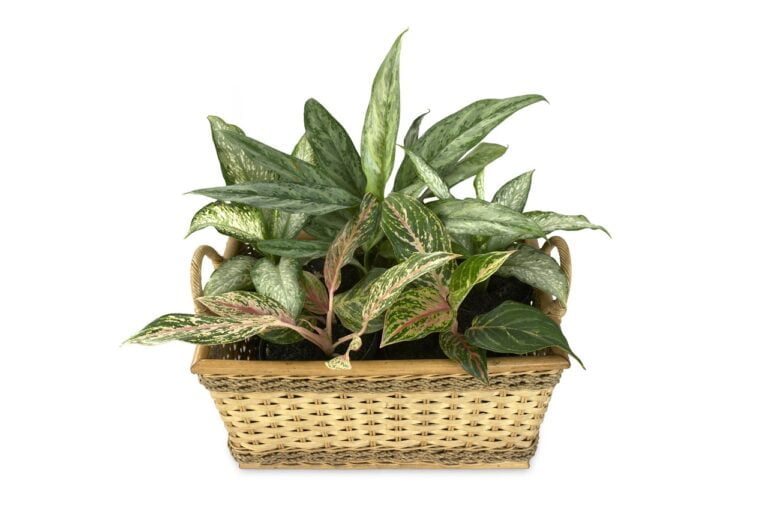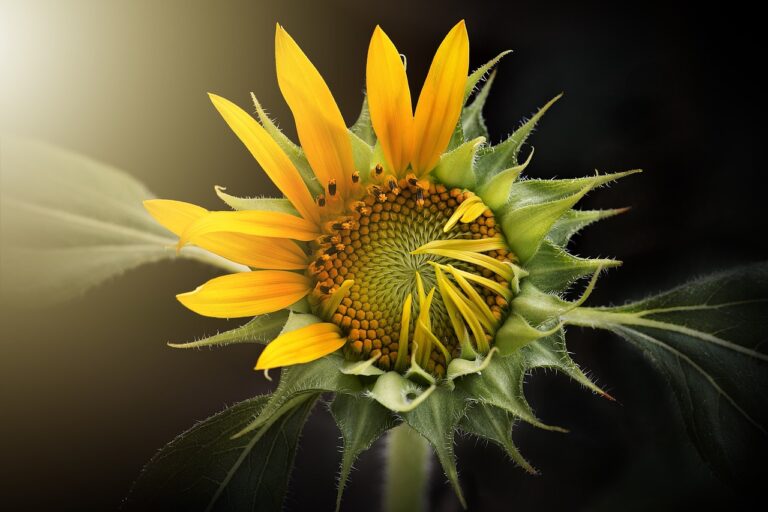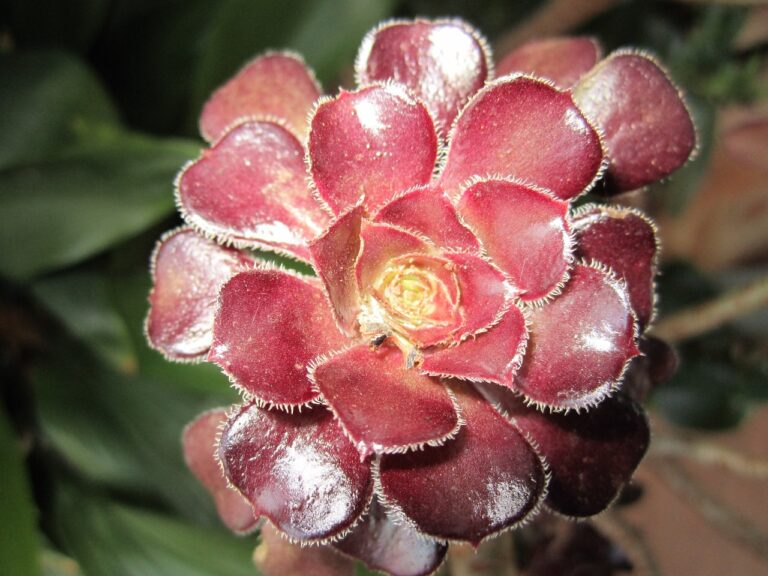Exploring Aquatic Plants: Ideal Choices for Water Gardens, Ponds, and Water Features
Exploring aquatic plants for water gardens, ponds, and water features gives you various options to cultivate vibrant ecosystems and beautiful landscapes. Water lilies offer shade and elegance, while plants like pickerelweed and water lettuce add color and improve water quality. Factors like available space, sunlight exposure, and species compatibility are vital for plant selection. Must-have plants such as water hyacinths and oxygenators boost water quality and habitat. Proper maintenance, like regular filter changes and seeking advice from experts, guarantees plant health and thriving ecosystems. Discovering the diverse benefits of aquatic plants can lead to a flourishing water feature.
Types of Aquatic Plants for Ponds
Exploring the diverse array of water plants suitable for ponds offers both visual appeal and necessary ecological benefits to the water garden setting. When considering varieties of aquatic plants for ponds, one cannot disregard the beauty and advantages brought by water lilies. These floating plants not only enrich the visual attractiveness of the pond but also provide shade and shelter for aquatic life below. Observing a Water Lily bloom in the morning sunlight is a delight for any water garden enthusiast.
In addition to water lilies, other aquatic plants play pivotal roles in pond ecosystems. Marginal plants, like pickerelweed and marsh marigold, not only add color and texture to the pond edges but also provide habitat for various wildlife species. These plants create a boundary zone between land and water, supporting a diverse range of organisms. Floating plants, such as water lettuce, not only adorn the pond surface but also aid in maintaining water quality by reducing algae growth through competition for nutrients.
Moreover, oxygenating aquatic plants like hornwort and anacharis are essential for water gardens. These plants oxygenate the water, improving its quality and clarity. By releasing oxygen during photosynthesis, they create a healthier environment for aquatic life to thrive. Understanding the different types of aquatic plants and their roles in the pond ecosystem is essential for creating a balanced and sustainable water garden.
Benefits of Water Garden Plants
Delving into the advantages of incorporating water garden plants reveals a myriad of benefits that extend beyond mere aesthetics. Water garden plants play an important role in maintaining the ecological balance of ponds and water features. These plants provide shelter and food for wildlife, creating a thriving ecosystem within the aquatic environment. Species like water lilies and marsh marigolds are specifically adapted to thrive in aquatic settings, enhancing the overall health of the pond.
Furthermore, water garden plants assist in temperature regulation, helping to create a cooler microclimate around the water feature. This regulation is beneficial not only for the plants themselves but also for other aquatic life that depends on stable water temperatures for survival.
Proper care and maintenance of water garden plants are essential to safeguard their vitality and longevity. Regular pruning, fertilization, and monitoring of water quality are key tasks to uphold the health of these plants. By dedicating time to maintain water garden plants, you can enjoy a vibrant and flourishing aquatic garden that continues to provide ecological benefits and aesthetic appeal to your outdoor space.
Key Factors for Plant Selection
When picking aquatic plants for your water garden, it’s essential to think about their size in relation to the water feature and the depth available. Evaluate the amount of sunlight the area receives to match the light requirements of the plants you choose. Guarantee the health and vitality of your aquatic plants by selecting species that thrive in the specific conditions of your pond, creating a harmonious ecosystem.
Plant Size Considerations
Considering the available space and desired aesthetics are key when selecting aquatic plants for water gardens and ponds. Plant size plays an essential role in determining the visual impact and functionality of the water feature. Here are some key points to keep in mind:
- Water Lilies: Larger plants like water lilies can provide shade and shelter for aquatic life in ponds.
- Creeping Jenny: Smaller plants like creeping jenny are ideal for adding color and texture to marginal areas in water features.
- Balancing Sizes: Finding a balance in plant sizes guarantees a harmonious and visually appealing landscape in water gardens.
Selecting a mix of plant sizes can create a dynamic and interesting display while also serving practical purposes in your aquatic environment.
Sunlight and Water Needs
Understanding the sunlight and water needs of aquatic plants is essential for selecting the right plants for your water garden or pond. Aquatic plants have varying sunlight requirements, ranging from full sun to part shade. Water depth and quality are pivotal factors that determine the suitability of aquatic plants for your water feature. Consider the positioning of your water garden or pond within the landscape, as this will impact the amount of sunlight available for plant growth. By ensuring that you meet the specific sunlight and water requirements of aquatic plants, you create an environment where these plants can flourish and enrich the beauty of your water feature. Proper attention to these factors is key to successful plant growth and a thriving aquatic landscape.
Must-Have Plants for Water Features
As someone who appreciates the beauty and functionality of water features, I highly recommend incorporating water lilies, marginal plants, floating plants, bog plants, and oxygenators into your aquatic garden for a thriving and visually appealing ecosystem. These plants not only improve the natural look of your water feature but also play vital roles in enhancing water quality, providing habitat for aquatic life, and adding color and texture to the surroundings.
- Water Lilies (Nymphaea spp.): Water lilies are excellent choices for small water gardens and ponds, as they not only beautify the area with their stunning blooms but also offer shelter for fish and other aquatic creatures.
- Marginal Plants (Iris spp. and Typha spp.): Planted at the water’s edge, marginal plants like irises and cattails not only add aesthetic appeal with their colorful flowers and foliage but also help stabilize the shoreline and improve water clarity.
- Floating Plants (Pontederia crassipes): Floating plants like water hyacinths create a natural look in water features while serving the essential function of absorbing excess nutrients, thereby improving water quality and preventing algae blooms.
Maintenance Tips for Aquatic Plants
How can we guarantee our aquatic plants thrive and our water features remain healthy through effective maintenance practices? To ensure ideal water quality for aquatic plants, it is essential to regularly change filters in your water feature. This helps in removing debris and maintaining a suitable environment for plant growth. Additionally, adding flocculant can aid in keeping the water clear and free from any suspended particles that might hinder plant health.
Proper functioning of pond pumps is essential for the well-being of aquatic plants. These pumps help in circulating water, providing oxygen to the plants’ roots, and aiding in nutrient distribution throughout the water feature. Furthermore, when caring for aquatic plants, it is vital to take into account the natural ecosystem of the pond. This holistic approach promotes overall balance in the water feature, benefiting both the plants and other aquatic life present.
When selecting aquatic plants for your water garden, seeking advice from experts can prevent potential issues and promote plant health. Experts can guide you in choosing the right plants based on your specific water feature conditions, ensuring a thriving ecosystem. By following these maintenance tips and considering ideal water quality, you can improve the beauty of your water garden while promoting the health and vitality of your aquatic plants.
Enhancing Ecosystems With Aquatic Plants
To improve aquatic ecosystems effectively, integrating a diverse array of aquatic plants is essential for fostering biodiversity and maintaining a healthy habitat for aquatic life. Aquatic plants play a key role in enhancing ecosystems in various ways:
- Balancing Ecosystems: Aquatic plants provide oxygen, shelter, and food for aquatic life, contributing to ecosystem balance.
- Maintaining Water Quality: These plants help in absorbing excess nutrients and pollutants, thereby improving water quality.
- Natural Filtration System: The presence of aquatic plants aids in the natural filtration system of ponds and water features, keeping the water clean and clear.

